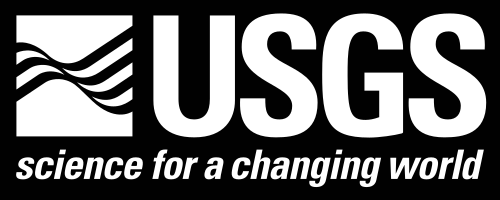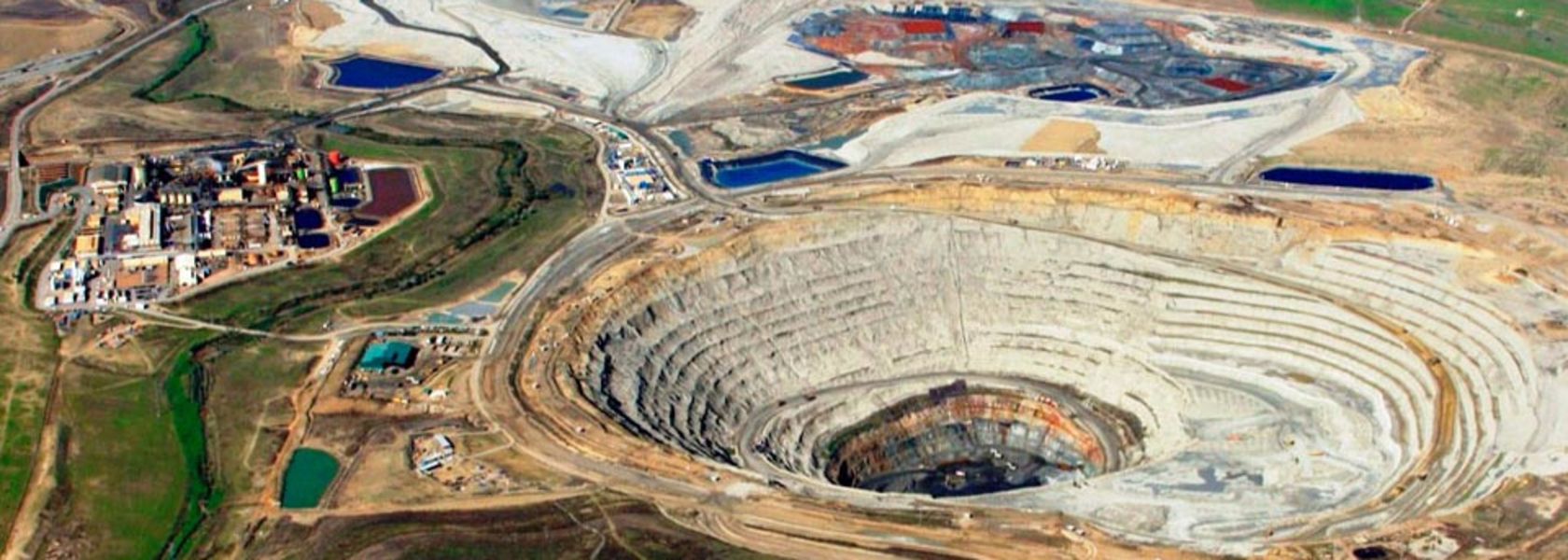Extracting Useable Minerals from Mining Waste in Tailings Dams
In order to reach the mineral resources, miners must first remove layers of topsoil and waste rock from the ground, and when extraction is more or less complete, you are left with a liquid slurry called ‘tailings’ that must also be disposed.
Some of this waste, like the rocks and the water, are not harmful to the environment and can be used on-site to shore up the soil or cool down the air. The waste often contains significant amounts of metal, including iron, copper, nickel, zinc, gold, and silver, as well. Unfortunately, toxic elements like arsenic can also be found in mine tailings and can be difficult to store safely.

By and large, tailings are stored in heaps or ponds, and are kept hedged in by dams.
Safety is the Top Concern for TSF's
In 2019, there were an estimated 18,000 working tailings dams or tailings storage facilities (TSF's) worldwide, but there have long been concerns over how secure these structures are.
A report published by The World Mine Tailings Failures Organization details 40 significant dam failures between 2007-2017. These failures occurred all over the globe. In that same time period, Dr. David Chambers, President of the Center for Science in Public Participation, counted 435 deaths as a result of dam failures. Clearly, ongoing monitoring of the dams is necessary and, is in fact, required by governmental regulation globally.
The ICMM, the UNEP and the PRI have co-convened a global tailings review to establish an international standard based on global best practices on tailings storage facilities.
The International Council on Mining and Metals (ICMM), the United Nations Environment Programme (UNEP) and the Principles for Responsible Investment (PRI) have come together to adopt global best practices on tailings storage facilities. They have co-convened this global tailings review to establish an international standard.
Extracting More From Mining Waste
In addition to the much needed effort to continually monitor the TSF's to keep them safe and in tact, other studies are looking to see how to get the best use of the non-toxic waste. The US Geological Survey are currently investigating whether it is possible to extract significant byproduct mineral commodities from mine tailings.

The US Geological Survey are currently investigating whether it is possible to extract significant byproduct mineral commodities from mine tailings.
Preliminary studies have identified traces of critical minerals in mill tailings from a variety of mineral deposit types. The feasibility of extracting these minerals will depend upon the concentration of them in the slurry.
New Approaches Show Promise
Researchers in other countries have been looking into this too. According to ‘New Approaches for Extracting and Recovering Metals from Mine Tailings’ (Falagán, Grail, Johnson, Minerals Engineering, Vol. 106, May 2017, 71-78), the process of bioleaching minerals out of the waste is not only possible but also very profitable for mining companies.
Working at the University of Bangor in Wales, they developed a two-stage mineral leaching and metal recovery method that was designed to extract copper from tailings generated as waste materials in two mines currently operating in Spain and Serbia.

The Cobre Las Cruces mine in Genera, Spain, produces more than 1.5 million tons of mineral tailings every year.
Using the results from the experiments they conducted, which show that the best results for copper extraction (85%) were achieved at an extremely low pH, at 45 degrees Celsius, and under oxidative/reductive conditions, the team concluded that 9.2 kilotons of valuable metal could be produced from a substance that is currently classified as “waste”.
The team concluded that 9.2 kilotons of valuable metal could be produced from a substance that is currently classified as “waste”. The copper that could, theoretically, be extracted from the tailings at Cobre Las Cruces, was worth $44m.
At the time of writing, the copper that could, theoretically, be extracted from the tailings at Cobre Las Cruces, was worth $44m, and this figure does not even take into account the profit that could be made from the zinc that was also extracted by way of bioleaching.
Overall, the conclusion is that this method of mineral extraction is scalable and would contribute significantly to the economic success of the two mines studied.
Obviously, further work is needed on other minerals at other sites, but this study goes a long way towards showing the benefits of treating the waste that is produced from surface and open pit mining.
Skycatch’s mining solutions for tailings storage facilities provides high accuracy (less than 3 cm) 3D drone data to significantly enhance data from IoT sensors, adding advanced visual and quantitative outputs and analysis. To find out more about our tailings dam monitoring technology, get in touch with us today!



